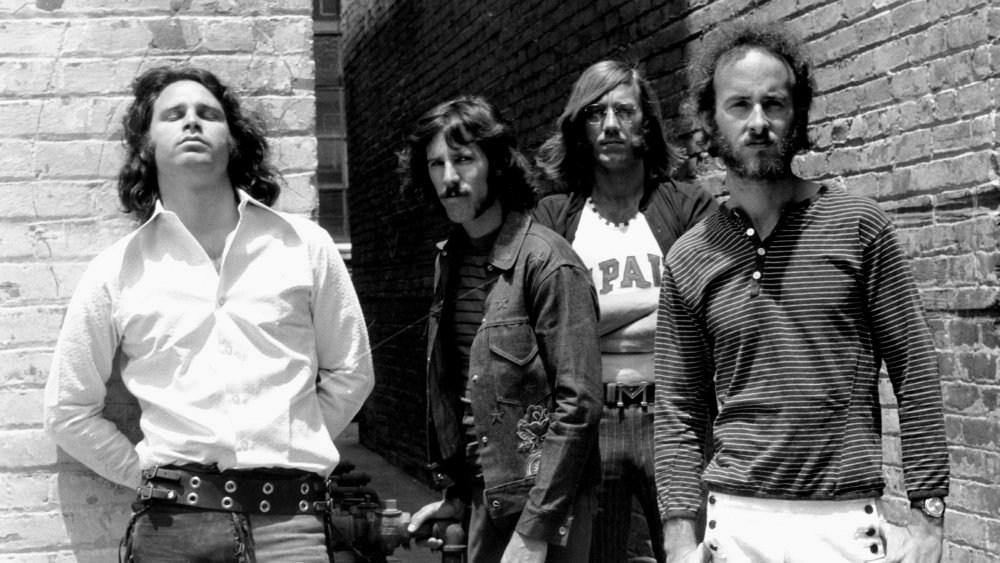
In the late 1960s, as American culture stood on the edge of transformation, four young men from Los Angeles formed a band that would come to define the restless spirit of an entire generation. That band was The Doors — a group equal parts poetry and provocation, mystery and madness. Led by the hypnotic presence of Jim Morrison, The Doors didn’t just make music — they created an atmosphere, a philosophy, and a legacy that still echoes through rock history.
Formed in 1965, The Doors were made up of Morrison (vocals), Ray Manzarek (keyboard), Robby Krieger (guitar), and John Densmore (drums). What set them apart wasn’t just their lack of a bass player or their fusion of blues, jazz, and psychedelia — it was their commitment to pushing artistic boundaries. Songs like “Light My Fire,” “Break On Through,” “The End,” and “Riders on the Storm” weren’t simply hits — they were journeys into the unknown, filled with surreal lyrics, moody instrumentation, and a willingness to confront the darker corners of the human soul.
At the center of it all was Jim Morrison, a rock star unlike any other. Charismatic, troubled, and impossibly poetic, he saw himself as more than a frontman — he was a shaman, a provocateur, and a mirror to society’s deepest fears and desires. But fame, addiction, and inner demons took their toll. Morrison died in 1971 at just 27 years old, joining the infamous “27 Club” and leaving behind a mythology that’s never truly faded.
Yet The Doors didn’t disappear with him. Their music, rich in atmosphere and existential questioning, continues to resonate. Albums like The Doors (1967) and L.A. Woman (1971) are still hailed as masterpieces, and Morrison’s poetry remains deeply studied and quoted.
The story of The Doors is more than just the tale of a band — it’s a story of art, rebellion, and the unrelenting search for something real in a world of illusion.